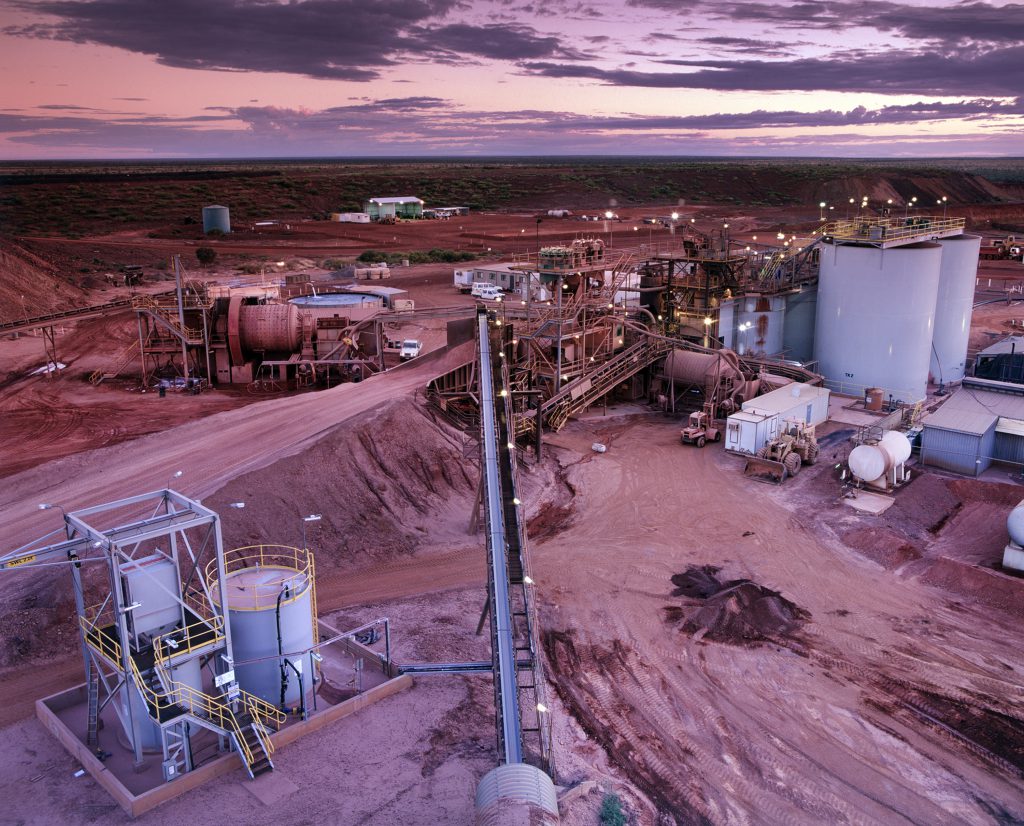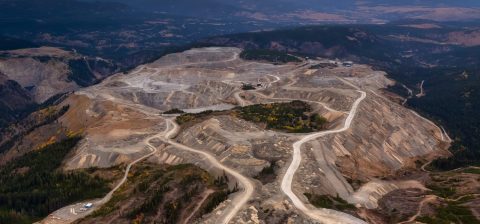SA Mining
Facing Up To A Shifting Future
South Africa is in the middle of revising its Mining Charter, which will obviously have a major effect on the sector. Any changes that are made to this document will probably have significant impacts on not just the mining houses themselves, but also on mining engineers and consultants. For one thing, the charter as it stands demands that such players make increased use of local sub-contractors and service providers.
Aury Africa director Sydney Parkhouse suggests that although the revisions to the Mining Charter that have been implemented by the new minister offer the industry a glimmer of hope, uncertainty still prevails.
“The South African mining industry is clearly ready for growth and development; the challenge is to maintain a skilled workforce or be able to transfer skills in order to service this growth and development when it eventually happens. New projects generally bring with them new technologies, improved mining methods and processing challenges. However due to our declining skills base the cost of production will ultimately become more expensive and less competitive,” he says.
“With the above in mind, the real questions we need to ask ourselves are: ‘Has the proposed charter directly impacted on the competitiveness of the industry due to the lack of investment in new projects?’ And ‘Does the proposed charter have a direct impact on our declining skills base and our ability to compete internationally?’ Answering these is absolutely critical.”
Chilling effect
Jaco Lotheringen, MD at Ukwazi Mining Solutions, adds that it is clear that the new mining charter will impact projects based on the new requirement for an 8% free carry for labour and an additional 8% for communities.
“It means that the cost of capital for projects is potentially materially higher, which in those cases where they are already marginal means they will not be funded, and will therefore become impractical. The increase from 26% ownership to 30% was not unexpected, but also means that companies will have to finance the additional 4%,” he explains.
“The free carry is likely to have a ‘chilling’ effect on investment in the sector and will most certainly impact its competitiveness and thus its long-term sustainability. On the other hand, the charter may impact local procurement positively, not to mention beneficiation, since it appears you will be able to claim points in lieu of ownership for beneficiation.”
Although BBBEE and community empowerment is essential for the future of the country, he continues, the aggregate effect as set out in the Mining Charter in terms of BBBEE ownership and community involvement increases the compliance and financial obligations on new mines and projects. For some commodities, for example chrome, platinum and coal in North West and Mpumalanga, it becomes more difficult to develop these mines and for them to remain profitable and sustainable.
“This puts more pressure on mining engineers and technical specialists to design and operate these mines more effectively and efficiently. Mining engineers and consultants will have to be more cost-sensitive with regard to opex and capex requirements for projects and look for more strategic ways to optimise budgets for mining studies. They will also have to look to find ways to delay capital expenditure or optimise mine methods or mine designs.”
There is no doubt that the new Mining Charter brings with it a number of challenges that the industry will have to overcome, says Parkhouse.
“Of course, there will always be challenges in any given environment, and consultants and engineers have always had to adapt and rise to these challenges, so this is essentially nothing new for them.”
A difficult arena
Closely connected to the new mining code is the drive for mining engineers and technical specialists to localise their services, by utilising local service providers and subcontractors. Asked how feasible it is for engineers to adopt such an approach on mining projects, Lotheringen indicates that Ukwazi experiences significant pressure to source skills from the local communities in which the mine operates, specifically when providing onsite mine technical services.
“To be in a position to do this requires the collaboration of the mine owner and the consultant. Suitably experienced technical personnel are normally trained over a period of three to five years, working closely with mining engineers and other subject specialists. This means that the candidates have to be supported and mentored through the process to grow to a point where their skills sets are suitable and sustainable. Being a BBBEE-rated service provider is not sufficient in itself.
“Specialist technical services that require large multi-disciplinary specialist teams cannot always be provided locally, although locally based suitably experienced consultants with a regional presence go a long way towards minimising the risk associated with projects.”
Parkhouse agrees, pointing out that such an approach simply has to be seen as feasible, if the industry as a whole is to succeed in its drive to upskill its workforce – including engineers, artisans and miners.
“I certainly take the view that we should be utilising technology not only to transfer skills on a broader scale, but equally crucially, to find and tap into the huge knowledge base that is available to South Africa, thanks to its diversity.”
Of course, developing appropriate skills in mining is always a challenge: it requires relevant mentoring and coaching, as well as appropriate exposure to projects that increase in size and complexity. Repetition and being exposed to more experienced mining engineers are key to allowing individuals to learn the “tricks of the trade”, according to Lotheringen.
“One area where SA is potentially lagging, and where the charter has not focused any attention, is the digitisation of mining and automation. Although it sounds futuristic, this trend is in full swing – particularly in the Canadian and Australian mining industries.
“More pointedly, I believe we have the skills in this country too, and with the appropriate incentive schemes, I feel we could ensure that these services could not only be provided locally, but grown significantly. This then offers yet another way we can build skills and capacity, and more importantly, do so on a service offering that will continue to grow over the next decade and beyond. This could be an ideal way to empower through opportunities,” he says.







 Sign-up and receive the Business Media MAGS newsletter OR SA Mining newsletter straight to your inbox.
Sign-up and receive the Business Media MAGS newsletter OR SA Mining newsletter straight to your inbox.